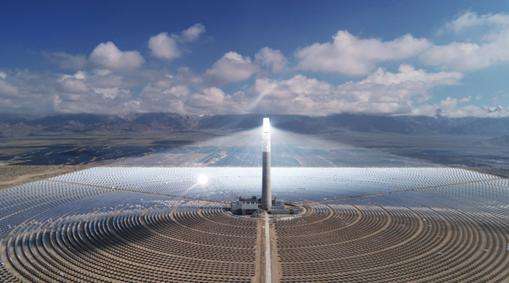Diesel engine generator circuits typically consist of three live wires and one neutral wire, a four-wire system. Standard diesel generator lines are already connected at the factory outlet, that is, four wires have been connected to the air circuit breaker. The user only needs to connect it from the pneumatic circuit breaker.
If it is a 220V generator, there is only one neutral wire and one live wire. 220V electrical appliances rarely require the neutral wire to be connected to the neutral wire and the live wire to the live wire, so in most cases the wiring can be relatively simple.
One horsepower = 0.735 kilowatts, twelve horsepower is 8.82 kilowatts and the power is too low with a 10 kilowatt generator.
A 10-kilowatt three-phase generator is about 4 kilowatts per phase, and your diesel engine is 8.8 kilowatts, so the power of each phase is enabout 3 kilowatts, and a 1.5 horsepower air conditioner is only about 1.1 kilowatts, which is theoretically correct.
You might as well use a multimeter to check the output voltage. If the voltage can reach 380 V, or 220 V single phase, then there is no problem. If it is insufficient, you can adjust the throttle according to the voltage to make the voltage meet the requirements. If it still does not work, check if it is a problem with the diesel engine or the excitation circuit.
Note: The electrical equipment (air conditioning) should be turned off before adjusting the throttle and other operations, otherwise the electrical appliances will be burned out if the voltage is too high . The switch can only be closed after the voltage is normal and stable.














